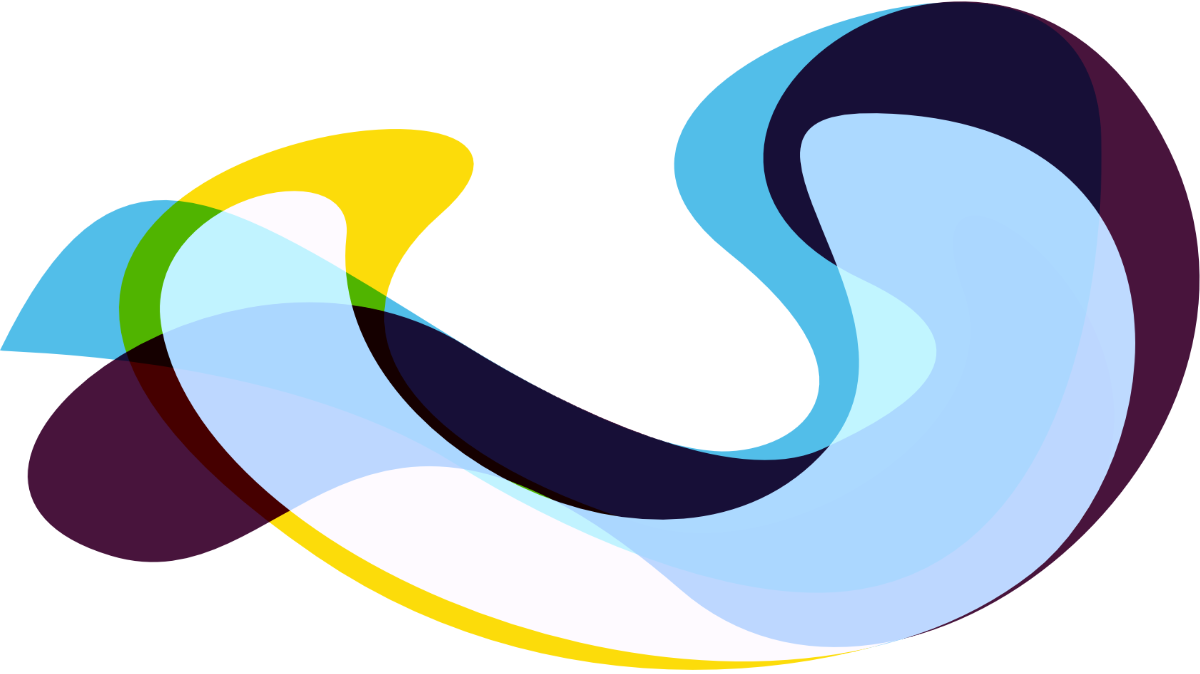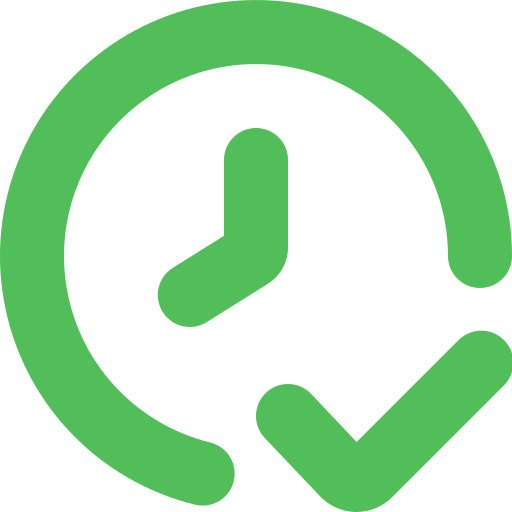Please describe your proposed solution.
The solution in a single paragraph:
Imagine Alice and Bob are holders of a governance token for the $NICE DAO. Jeff is a community lead in the DAO. Alice and Bob are busy people, and Alice only has access to email on the go most of the week, while Bob has Discord, but never checks his notifications, since there are so many. He is fairly active on Twitter, though. Jeff is publishing a summary for the newest vote on how to use the treasury in 2024. He presses send, and an email pops up in Alice's inbox. A notification about a Twitter DM with the same content and a link to the proposal appears on Bob's phone, seconds later. The twist: Jeff does not know Alice or Bob. Nor does he know their wallet addresses, email address or Twitter handle. He does not need to, since his DAO uses "Vibrant".
One of decentralizations biggest challenges is the ability to connect people that are distributed across the globe, time zones, availability of devices and apps, with the things they care about in the Cardano ecosystem. The last two years have proven to be a challenge for DAOs, DeFi projects and NFT communities when it comes to getting the word out to their members, which in turn are interested in the improvement and growth of their respective projects.
Both parties benefit from this growth and interaction, because it brings value to the project and in turn thriving projects bring value back to their community. Unfortunately the limitations of decentralized governance and connectivity quickly show their ugly underbelly, with conversations being spread out across dozens of different messaging apps, forums and domain-specific tools, or projects having to enforce only a very limited set of apps to interact on, which immediately limits the people that can participate at all to specific groups.
We are proposing to build a framework and standards to allow connecting different social media, instant messaging and notification tools together in a way that allows everyone to listen (consume), regardless of how consistent their internet connection is and with an ability to remain private. The second must-have goal is to allow the publishing (speaking) part from the projects themselves, using a verification process (for example via CIP-0066 - https://github.com/cardano-foundation/CIPs/pull/294 ) as well as a way to publish project communication channels (possibly via Beacon tokens / CIP-0089 - https://github.com/cardano-foundation/CIPs/pull/466 ).
We believe it is not possible to unite all people under one shared messaging app, and we do not think the blockchain itself should be used as that application. Instead, creating reusable APIs and event models, as well as sample integrations, will allow Cardano to stand out as a "connect how you want" blockchain when it comes to DAO evolution.
The solution would include the following
- Standards (a CIP proposal) dealing with publishing a project's supported communication channels to the blockchain
- API definitions for a relay-based, open source implementation to allow connecting arbitrary IM/Notification systems
- Docker definitions to quickly spin up a specific set of services
- Documentation on how to deploy and use the services
- Two or three sample implementations (as libraries) for protocols. A small list of potential protocols
- Discord
- Telegram
- Push Notifications
- Slack
- GitHub
- Directly in web-wallets
- A usable deployed version of the solution available on mainnet
- A guide (or even an NMKR-based integration) on how to publish the connectivity information for your project
What we are NOT trying to solve with this solution
- We are not building an encrypted messaging solution (messages sent through relays will be publicly visible, which makes sense considering everyone should be able to read them if they would like to get updates from the DAO/project)
- This phase of the solution does not cover the members actually being able to reply - this may be done with leftover funds or as a second phase, once the success and adoption of the publishing solution is confirmed.
Note: This project has some overlap with our proposal in the SPO category, which deals with SPO-verification and does not include protocol design - just a HAZELnet integration. If both proposals get funded, the parts of the funding that overlap will be used towards building additional integrations or as bounty for other developers to build integrations.
How does your proposed solution address the challenge and what benefits will this bring to the Cardano ecosystem?
Creating a framework for connectivity to social media and instant messaging + notifications in a standardized way addresses the DAO challenge in the aspects of collaboration management and adding solutions to the Cardano ecosystem that are giving us a distinct advantage for governance and communication, considering very few tools like this exist.
How do you intend to measure the success of your project?
Success during the project development can be measured by the number of projects/DAOs participating in testnet and mainnet, as well as with public Dashboards showing number of sent and received messages.
On the adoption side, we can track the usage frequency of the proposed libraries via the public npm and Maven package registries, which track how often certain tools are downloaded, as well as the usage frequency in the solution that will be deployed by our team.
Please describe your plans to share the outputs and results of your project?
All source code will be in an open-source repository that is available throughout the development of the project. These repositories will also contain documentation on how to deploy the services.
We will also share a public dashboard that includes links to commit activity, count of tokens minted related to communication channels etc.
In addition to the source code, a running version of the solution will be available for use on the HAZELnet platform.

